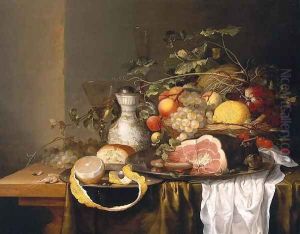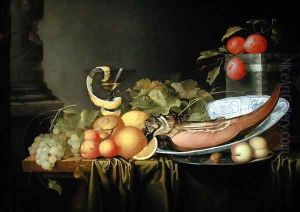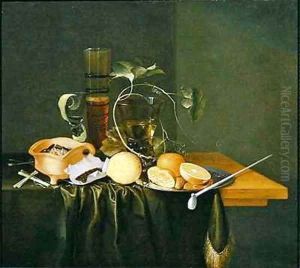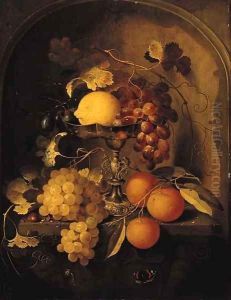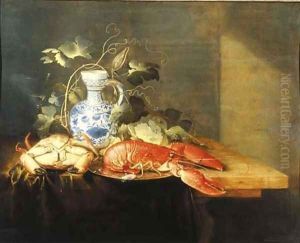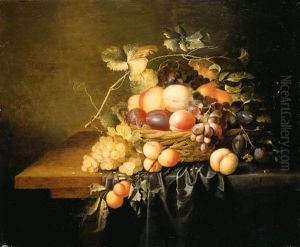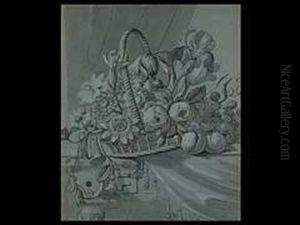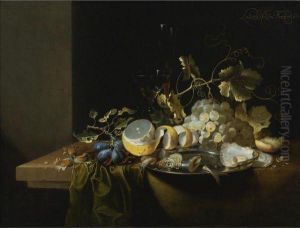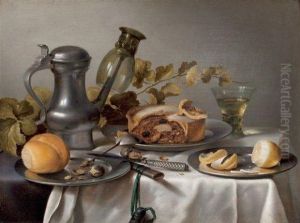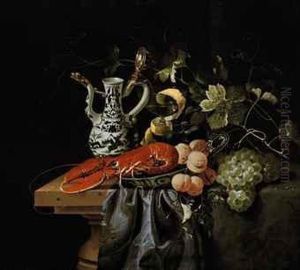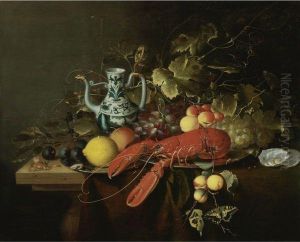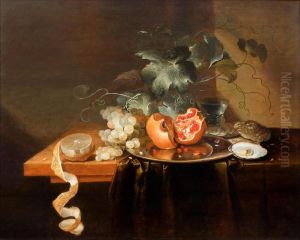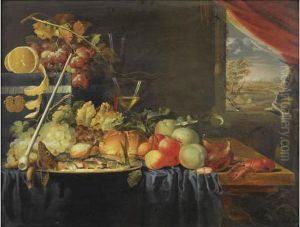Laurens Craen Paintings
Laurens Craen was a Dutch Golden Age still life painter, born around 1620. Despite the scarcity of biographical details, Craen's work has contributed significantly to the still life genre, particularly in the area of vanitas and banquet pieces. His paintings are distinguished by their meticulous attention to detail and the subtle interplay of light and shadow, characteristics that epitomize the Golden Age of Dutch painting.
Craen's artistic career is mostly documented through his works, as there are few historical records detailing his life. He is believed to have been active in the mid-17th century, with the majority of his known works dated from the 1640s to the 1660s. There is some speculation among art historians that he may have been a student or follower of Jan Davidsz. de Heem, a prominent still life painter of the time, due to similarities in style and subject matter. However, there is no concrete evidence to support this claim.
The artist's repertoire included a variety of still life compositions, ranging from lavish banquet tables laden with silverware, glassware, and sumptuous foodstuffs, to more subdued vanitas paintings that serve as a reminder of the transience of life and the futility of pleasure. These vanitas paintings often feature skulls, extinguished candles, and other symbols of mortality, expertly rendered to evoke contemplation on the fleeting nature of existence.
Laurens Craen's contributions to the Dutch Golden Age of painting, though not as widely recognized as those of some of his contemporaries, are nonetheless significant. His works are held in various collections and museums, where they continue to be studied and admired for their beauty and depth. Craen passed away in 1670, leaving behind a body of work that continues to intrigue and inspire those interested in the art of the Dutch Golden Age.
